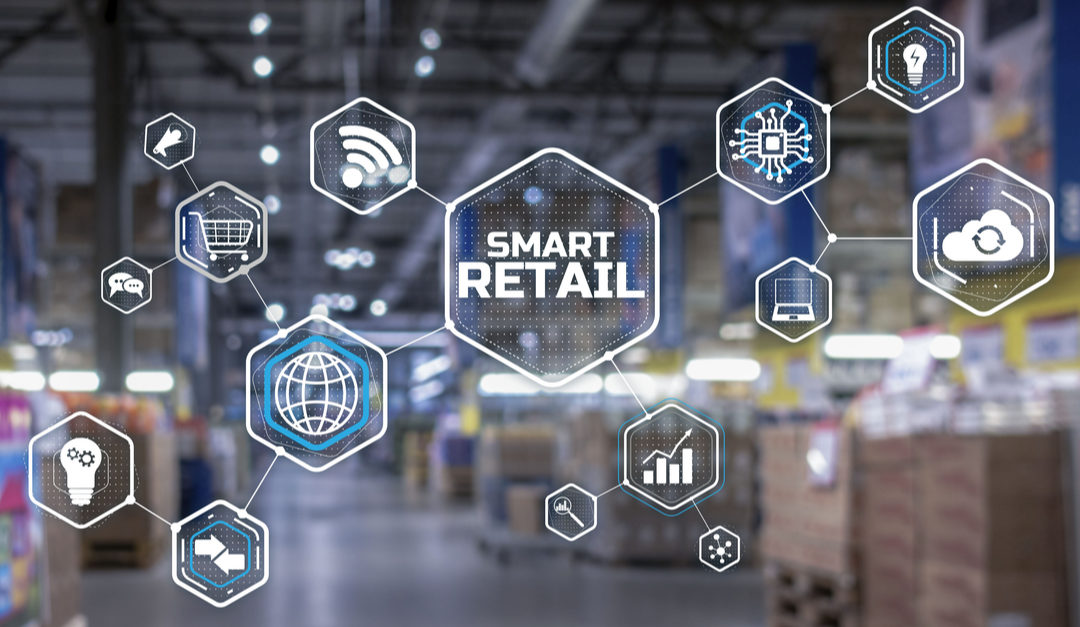Five Future Retail Trends
Here we explore the changing landscape of the retail industry
The last year and a half has been a rollercoaster for the retail industry. In a sector already under pressure from rising rents and the acceleration of the trend towards online shopping, COVID-19 was a hammer blow. With shops forced to close, customers had no choice but to rely on online shopping. Now, as bricks and mortar stores dust themselves off, the question arises as to what trends will be seen in the industry post-pandemic.
Retailers will be looking to make their businesses more secure with the added pressure of making them future-proof for all eventualities. So, what changes are we likely to see?
1. Balance the scales with Omnichannel
The closure of shops during various lockdowns over the last 18-months served to make e-commerce the mainstream. With shoppers now accustomed to the convenience of shopping online, and a renewed focus on hygiene and fewer face-to-face interactions, it is extremely unlikely that the trend will swing back toward buying practices that are exclusively made in brick-and-mortar stores. As a result, an omnichannel approach for many businesses will be the best strategy to maximise sales.
Bringing together bricks and mortar and e-commerce gives businesses the best of both worlds. Technologies such as interactive digital signage for example could be used to bridge the gap between the retail ecosystems through product information displays, stock checks and exclusive deals. An omnichannel offering, backed by the right technology, is a great way to protect the business against changes in customers’ buying behaviours.
2. Accelerating Experiential retail
Another effect of the move towards online shopping is that the role of bricks and mortar stores has changed. For shoppers looking only for convenience, online shopping is hard to beat. Highstreet retail therefore has to offer something special, and that something is a positive experience that they cannot get from online retail. Again, technology plays a key role here. Innovations such as digital signage helps to both deliver a seamless experience and also create experiences. Product information screens help shoppers to find what they are looking for and show customers exciting new product launches. Data mining innovations can count customer numbers to improve safety, as well as use information on customer’s buying habits to suggest products to them. This helps to keep customers happy and safe and also increases sales for the business.
3. Supply chain is key
Another big issue facing the retail sector is the health of supply chains. In the UK, the double impact of the pandemic and Brexit has meant that supply chains have been hugely affected. So much so that companies as big as McDonalds and Nando’s have had difficulties with stock levels. Retailers who are able to boast good supply chains will be the ones that benefit, leap frogging rivals who simply cannot keep up with maintaining their stock.
Retail will also see some more specifically technology-based trends as a result of the wider trends in the industry.
4. Increased use of in-store self-checkout kiosks
The checkout is one of the biggest pain points for customers in a retail setting. As the last touchpoint that a retailer will experience in a store, long lines and lengthy waits put at risk the carefully crafted retail experience. Customers are looking for speed convenience, and, in a COVID conscious world, safety. Self-checkouts represent the first step into a seamless checkout experience and a full evolution of the payment process. As a result, we will expect to see more and more self-checkout kiosks in brick-and-mortar stores.
5. Adoption of AI
Shoppers are already familiar with the concept of AI when they shop online. E-commerce stores utilise the technology to create customer loyalty and repeat purchasing behaviours. Now it can be used in brick-and-mortar stores via smartphones and tablets. AI can be used to create services without the need for extra staff such as AI personal shoppers and even contactless shopping, where shoppers can pick up what they want and leave the store without checking out. With retail becoming more experiential, AI is set to become a huge part of creating that experience.
The trends we are seeing in retail demonstrate how serious businesses are investing in the entire infrastructure, from the supply chain to the shop floor. Those who use technology as a driver will reap greater rewards than others who remain steadfast in tradition.
To learn more about Distec’s work in the retail sector. click here

